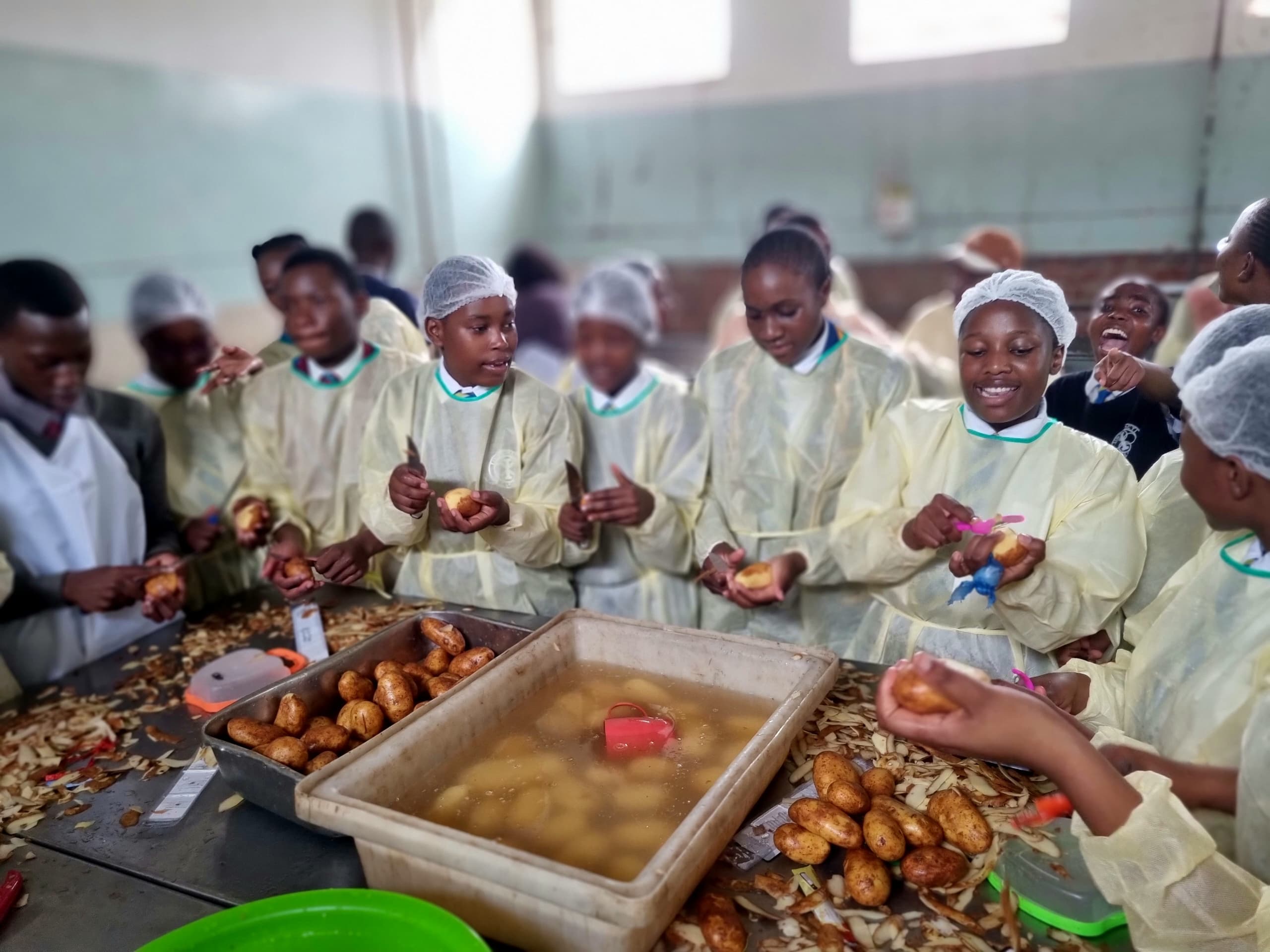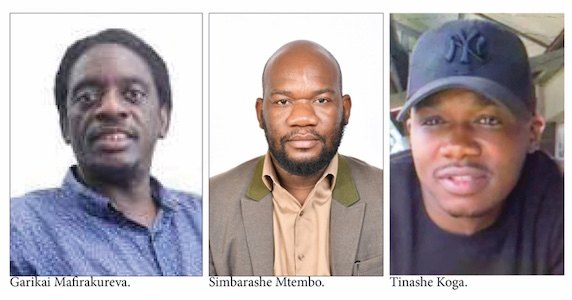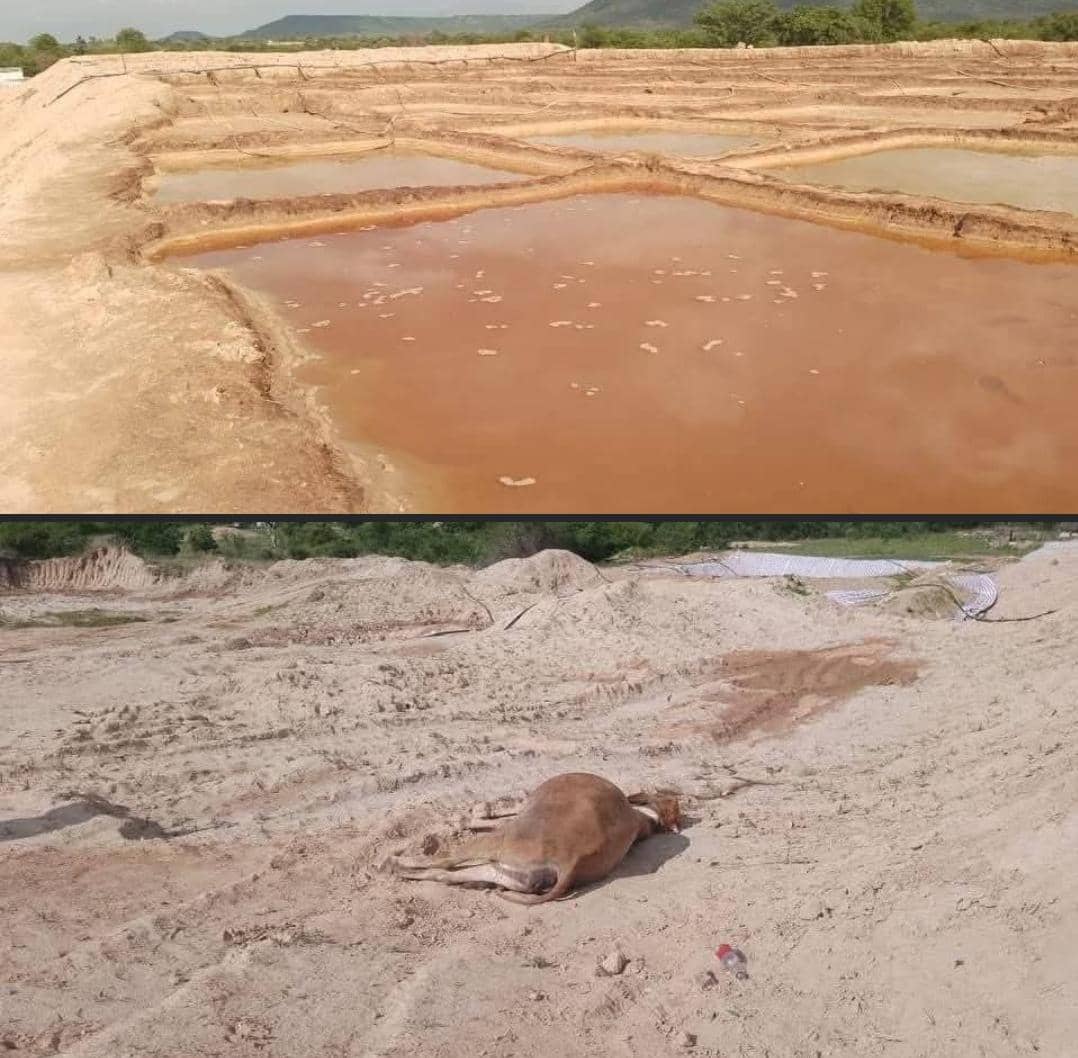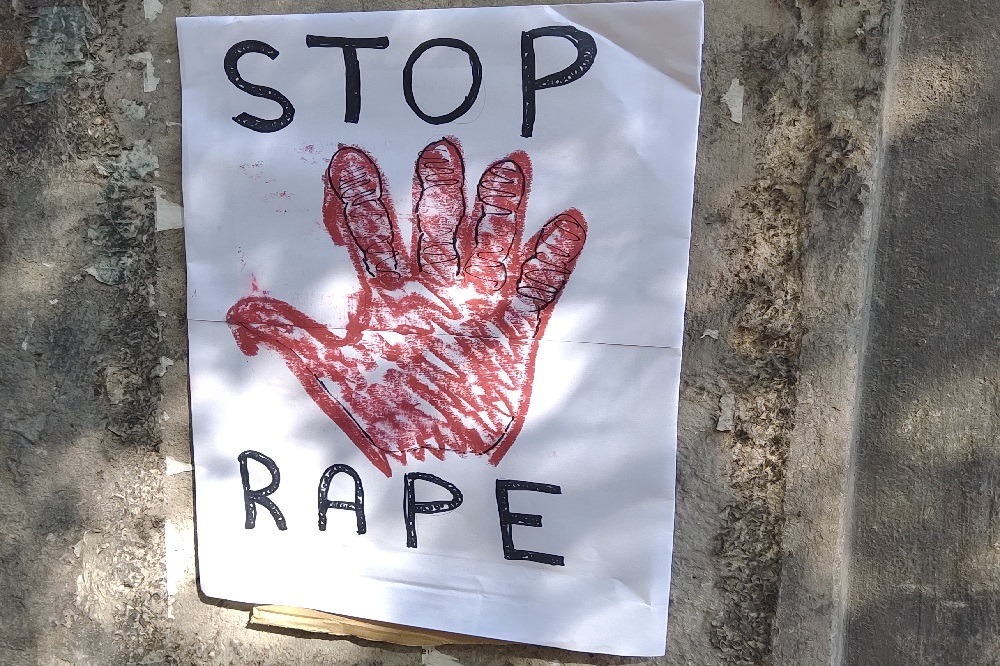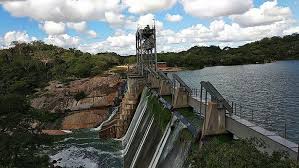
Bulawayo City Council is considering using water from the decommissioned Khami Dam to alleviate the city’s perennial water crisis. Recent laboratory tests indicate the water meets safety standards, but residents remain skeptical due to the dam’s history of pollution from industrial and sewage waste.
Bulawayo has struggled with severe water shortages, with dwindling supplies from its six main dams: Insiza, Mtshabezi, Umzingwane, Inyankuni, Lower Ncema, and Upper Ncema. The city is reviewing its water shedding schedule, potentially reducing rationing from 130 hours per week to 96 hours, pending project completion.
Built in 1928, Khami Dam was decommissioned in 1988 due to heavy contamination. Despite previous proposals to recycle its water, residents have consistently rejected the idea. The dam’s stagnant green water, caused by algae growth, further fuels concerns about its safety.
Residents point to the dam’s polluted past, citing high chemical, organic, and microbiological pollution loads, making it unsuitable for domestic consumption. Prince Peter Zwide Khumalo, a descendant of King Lobengula, expressed concerns about the water’s safety, highlighting the risk of waterborne diseases like cholera.
Town Clerk Christopher Dube acknowledged residents’ concerns, emphasizing the need for community engagement and education on water safety. The council is exploring ways to promote the use of recycled water, citing international examples where treated wastewater is safely reused. Engineer Sikhumbuzo Ncube, Director of Water and Sanitation, assured that tests proved Khami water is clean and could be used as an alternative source.
The Joint Portfolio Committee on Local Government and Sustainable Development Goals has given BCC until the end of the year to consider tapping into Khami Dam. With the right technology and public engagement, the council aims to address the city’s water crisis while ensuring the water’s safety .
END//..

